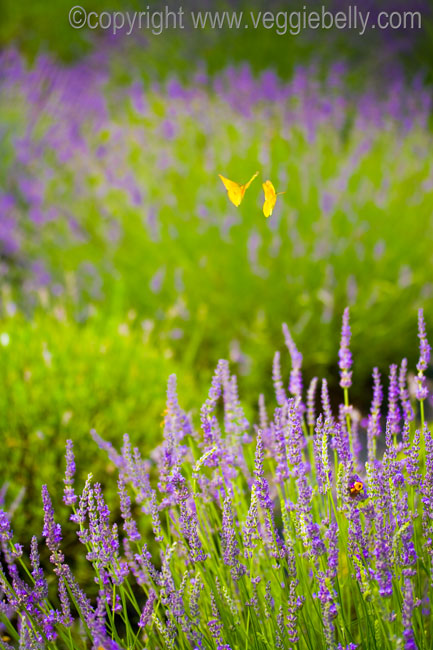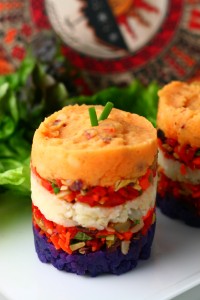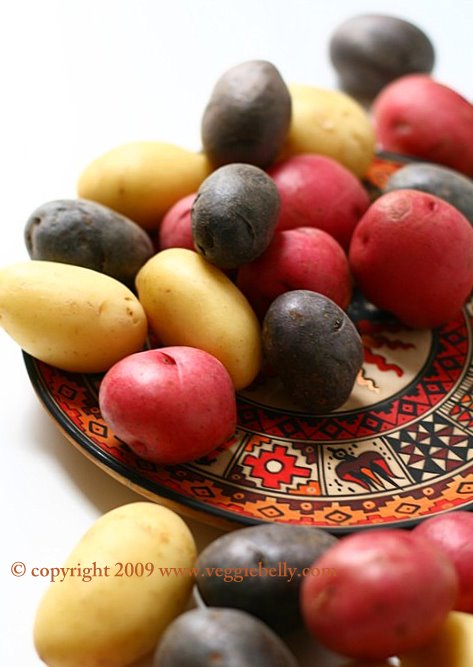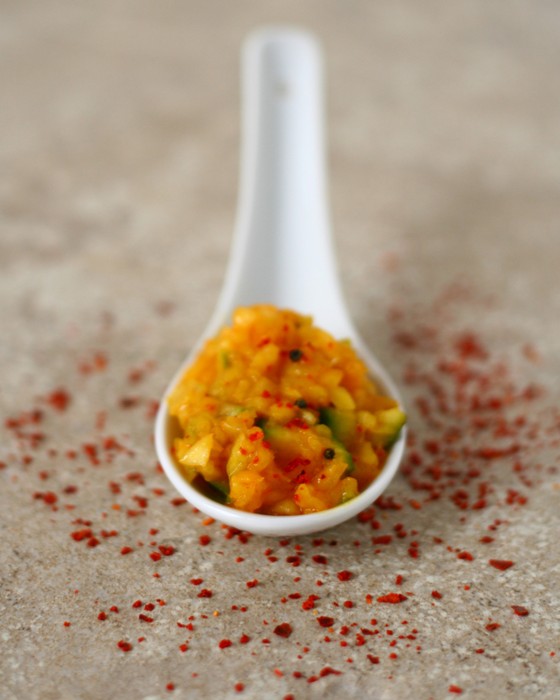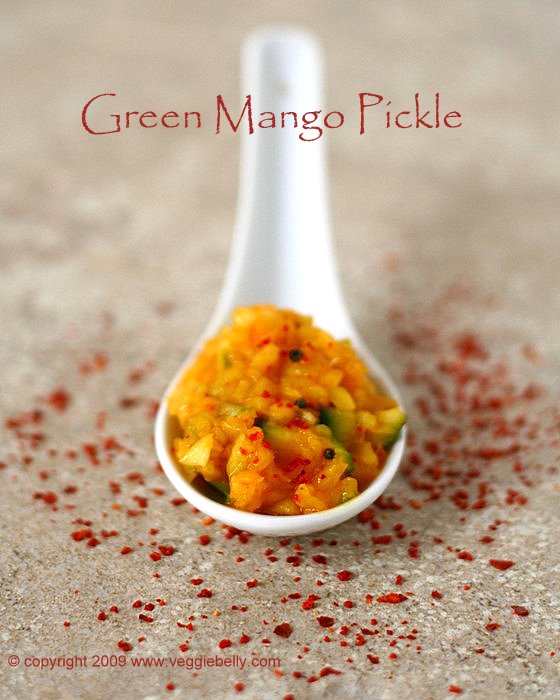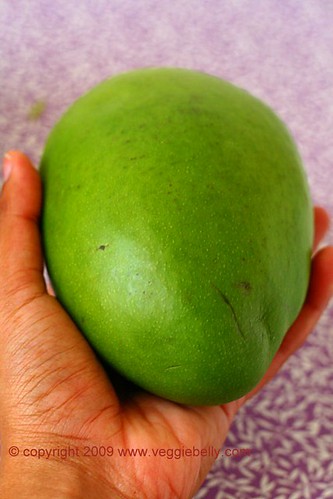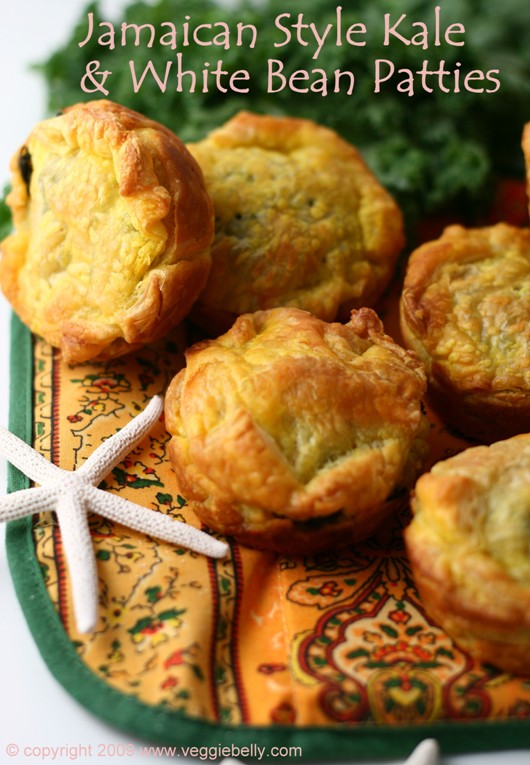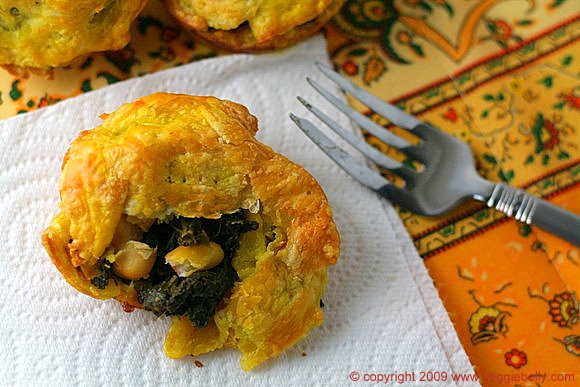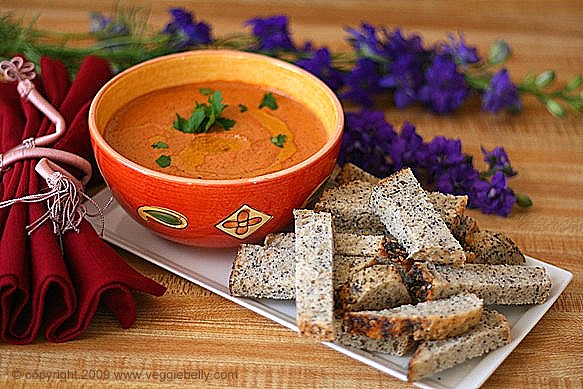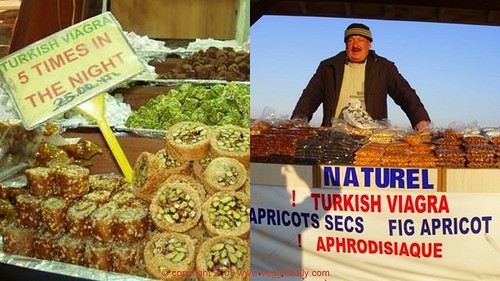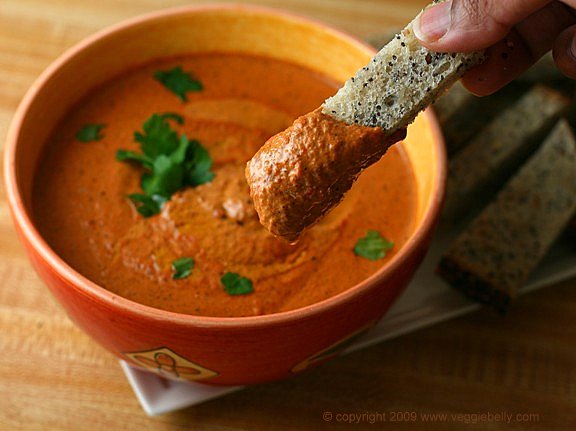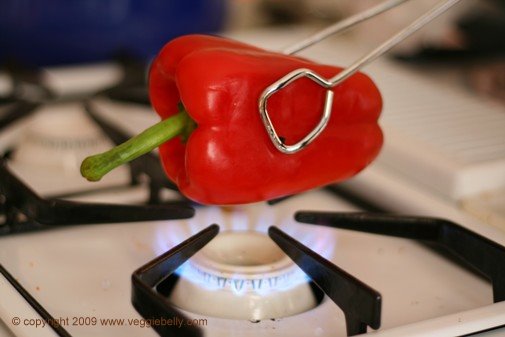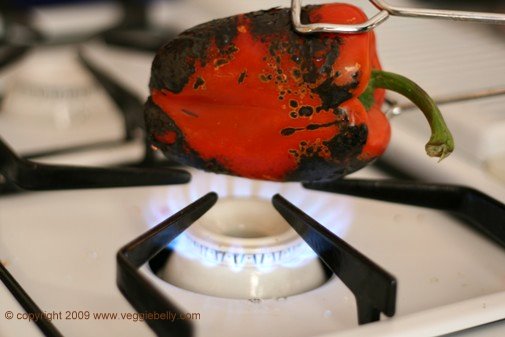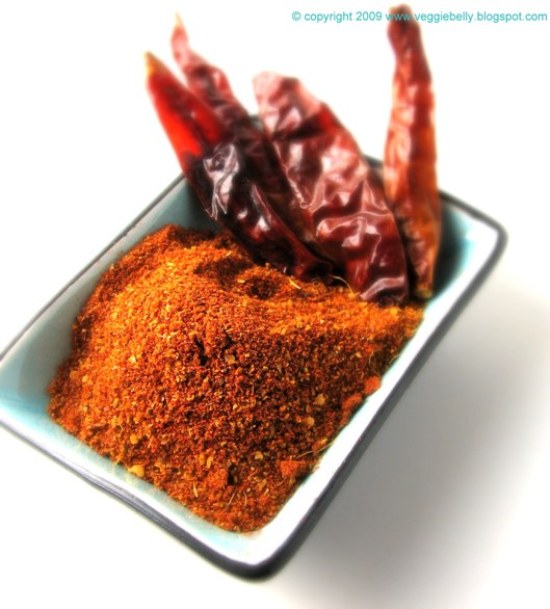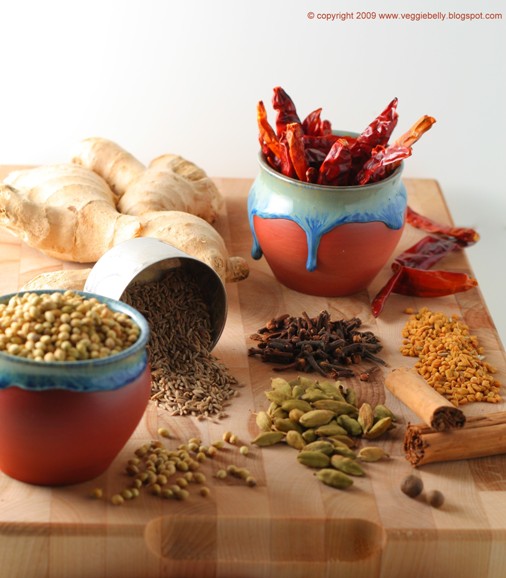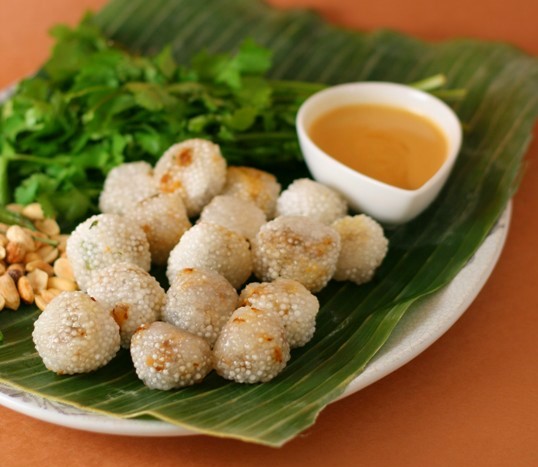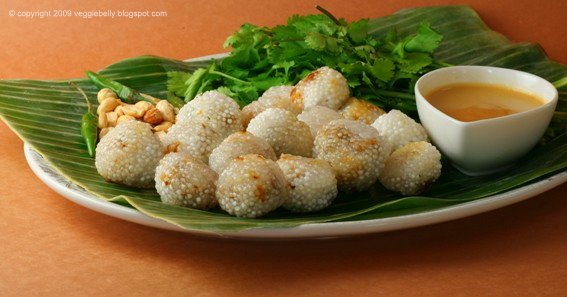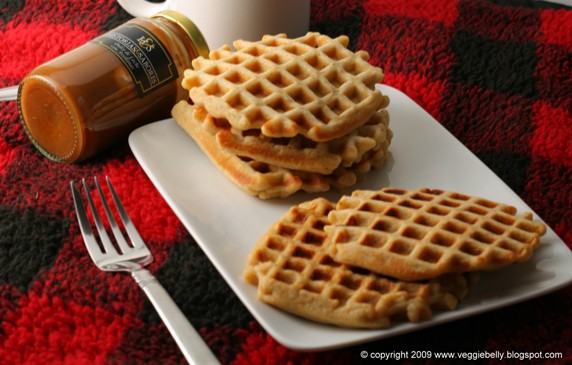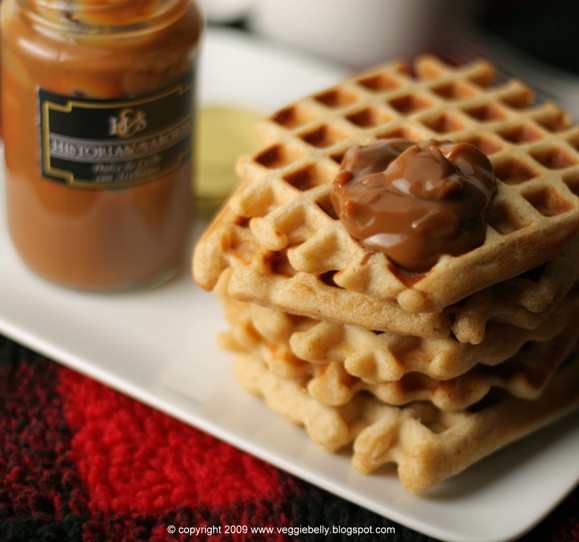After a little blogging hiatus, I’m back with a new blog design, lots of new posts, recipes, and pictures!
We went lavender picking at the Seven Oaks Lavender farm in Catlett, VA. I spent two hours snipping grosso (French) lavender and taking lots and lots of pictures. Before I give you suggestions and culinary uses for lavender, here are some photos from our lavender picking trip..
The farm had baskets lined up for lavender picking

Summer workers from Pennsylvania were staying at the farm and helping to harvest lavender
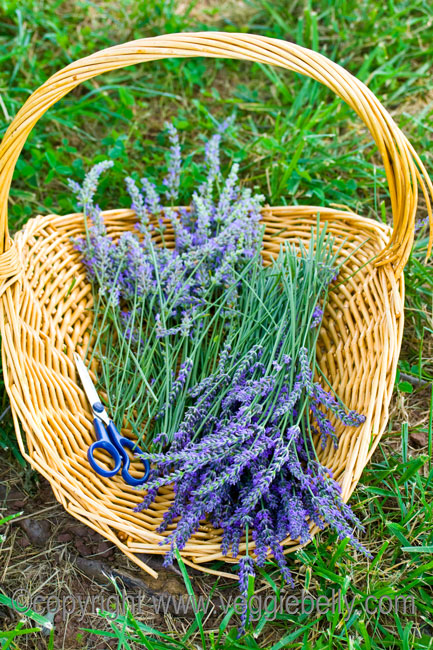
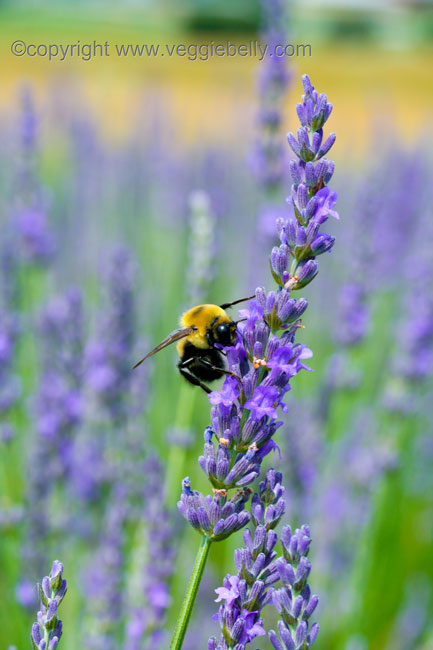
Lavender attracts bees, butterflies and bugs
How to Dry Fresh Lavender
If you’ve picked fresh lavender stems like I did, you may want to dry them first. To dry fresh lavender, tie the stems in bunches using a rubber band and hang them in a dark place to dry. (If lavender is exposed to too much light while drying, it will lose color). You will have perfectly dried lavender in about 7 days. Once the lavender is dry, gently strip the buds from the stems and store in an air tight container. You are now ready to use lavender in cooking.
Some Culinary Uses for Lavender
- Lavender sugar – simply place some dried lavender with white sugar and let it sit for two weeks before using. Recipe on the herb gardner.
- Lavender syrup – cook sugar, water and dried lavender together to form a fragrant syrup that will be great on cakes and other dessert. Recipe on 5 star foodie.
- Lavender roasted potatoes – combine potatoes, olive oil, dried lavender, salt and pepper and roast in the oven. Recipe on school of the seasons.
- Lavender crème brulee – recipe on whats cooking America.
- Lavender focaccia – add a unique twist to focaccia by adding lavender to it. Recipe on whats cooking America.
- Goat cheese with lavender – marinate goat cheese with garlic, lavender, fresh herbs and olive oil. Recipe on lavender lovers.
- Lavender butter – simply mix softened butter, dried lavender and any other herbs/seasonings. Recipe on joys of lavender.
- Lavender cornbread – recipe on joys of lavender.
The possibilities for cooking with lavender are endless. You can make lavender cheese cakes, salad dressing, vinaigrette, herbs de province, lavender lemonade, scones, lavender ice cream or even lavender sparkling wine. And here is something else you can do with lavender..
Lavender Roasted Onions
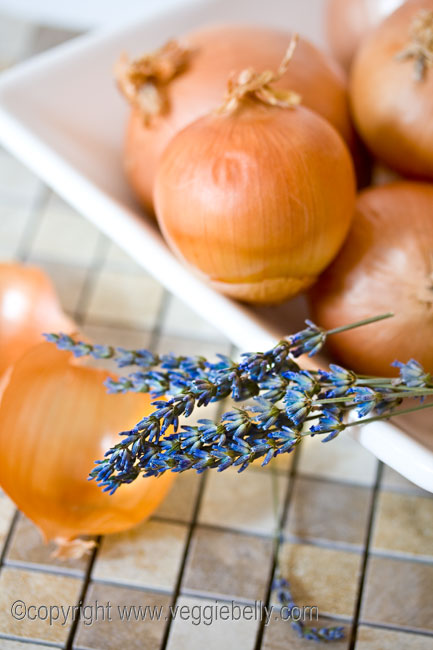
You only need a few ingredients to make this delicious lavender scented side dish - onions, olive oil, thyme, lavender
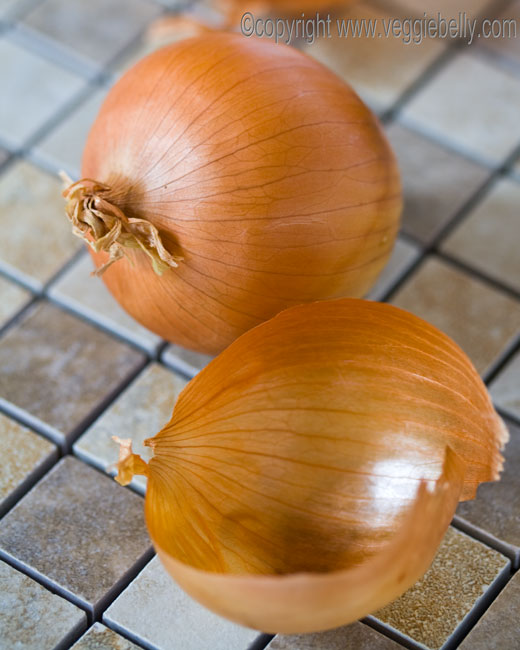
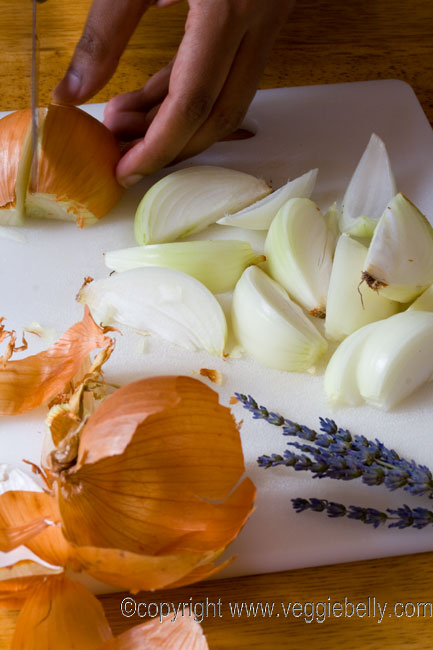
Chop the onions into wedges, keeping the root end intact.
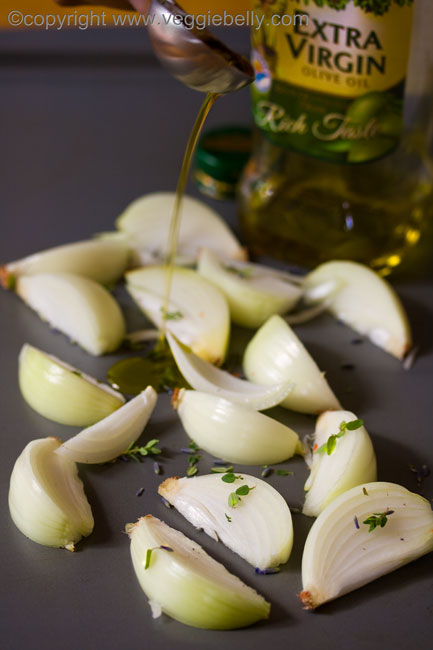
Then sprinkle thyme, lavender, salt, pepper and drizzle the onions with olive oil. Toss everything and bake in the oven till browned. Its that easy!
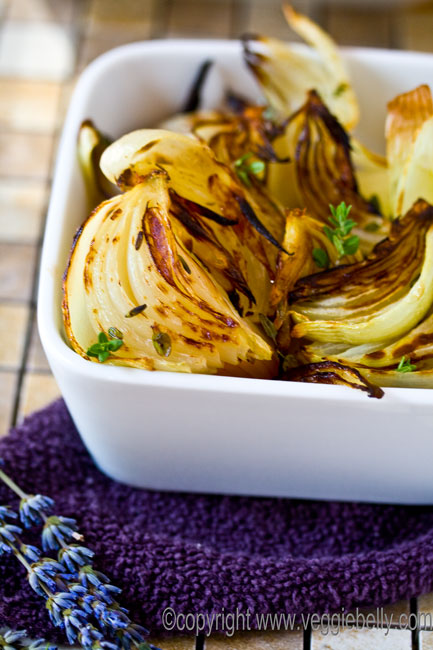
Lavender and thyme go so well together with these roasted onions.
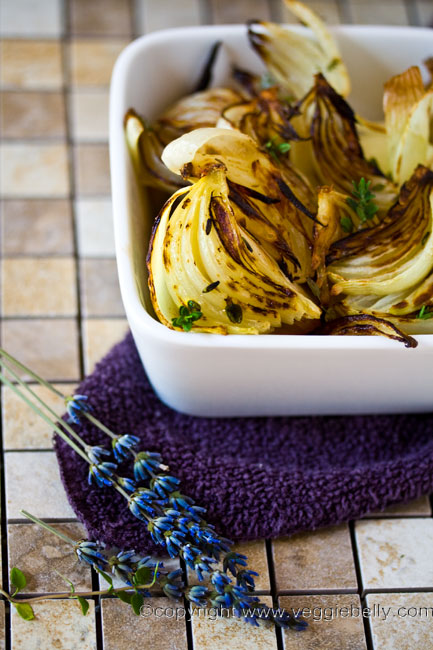
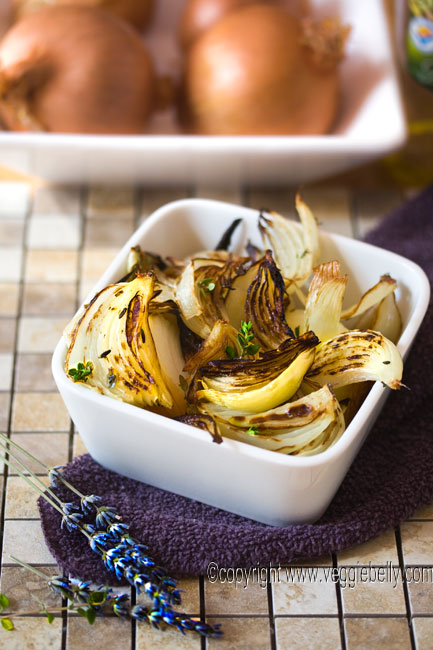
Lavender Roasted Onions Recipe
about 2 servings
2 medium onions
A pinch of dried lavender
½ tbsp fresh chopped thyme
¾ tbsp olive oil
Salt and pepper
Pre-heat oven to 400 degrees
Peel and then cut each onion into wedges, keeping the root end intact. Place the onion wedges on a baking sheet. Sprinkle lavender, thyme, salt and pepper over the onions. Drizzle olive oil and toss everything to coat.
Roast in the oven for about 10 minutes or till the onions are brown and crisp on the edges.

